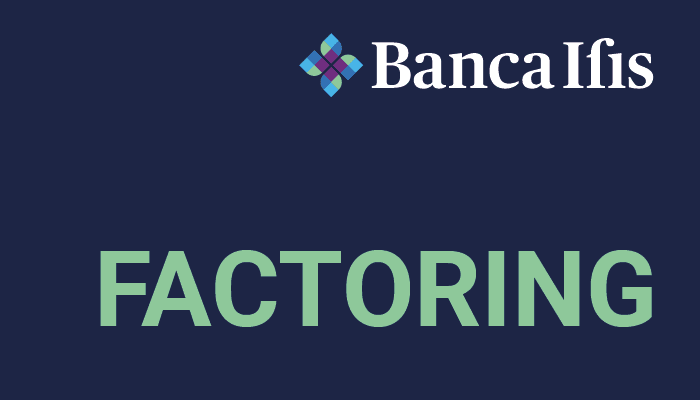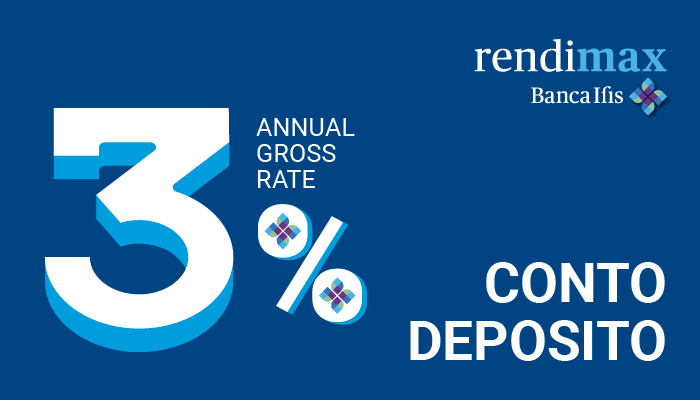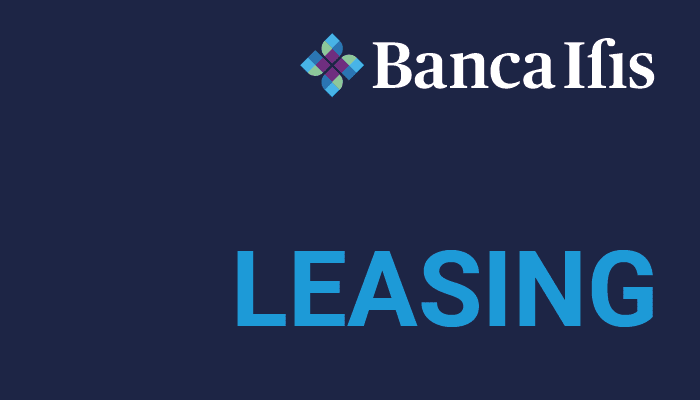NPL meeting: the anti-crisis measures have limited the impact of non-performing loans. Italy meets the EU target: in 2021, NPE ratio below 5%. The NPL industry is confirmed as a resource for the country
• 14th edition of the Market Watch NPL report published
• New flows of non-performing positions for 41 billion Euro in 2022 and 32 billion in 2023, far lower than the 71 billion Euro recorded in 2013 alone
• In 2023, 75% of the stock of NPEs (317 billion Euro) will have left the banks’ financial statements to be transferred to those of investors
• Forecast 145 billion Euro transactions in NPL and UtP portfolios from 2021 to 2023
Cernobbio (Como), 24 September 2021 – The anti-crisis measures have limited the impact of non-performing loans on Italian bank financial statements: an impact that will be manageable thanks to the greater efficiency of the Italian banking system and the development of the NPL market and servicing industry. This is what is seen from the Banca Ifis Market Watch NPL disclosed this morning during the “Recovery Builders”, the tenth edition of the NPL Meeting held in Villa Erba, Cernobbio. The report forecasts that in 2021, Italy will achieve an NPE ratio (ratio of non-performing loans to total loans) of just under 5% and this will rise slightly to 5,9% in 2023.
These numbers just go to show the resilience of the Italian financial sector: according to the Market Watch NPL, the new flows of NPLs – 41 billion Euro in 2022 and 32 billion Euro in 2023 – will be far below the 71 billion Euro recorded in 2013 alone, both in absolute and percentage terms. The main difference, as compared with the previous crises, are the expansive monetary policies of the central banks and the joint government interventions. In Italy, the current moratoriums on loans, the block to dismissals and the guaranteed loans have avoided a possible credit crunch (loans, particularly to businesses, have been showing a recovery since the early months of 2020) and have delayed the emerging of NPLs, which should grow as the incentives cease.
In 2022, with the end of the moratoriums, the default rate, i.e. the ratio of new non-performing positions and the stock of loans granted, should come to 3%, up on the 1,4% of 2021 but in any case a far cry from the 4,5% booked in 2013. In 2022, it is forecast that the stock of UtPs will exceed that of NPLs. In addition, according to the forecasts of the Market Watch NPL, in 2023, 75% of the stock of Italian NPEs (317 billion Euro out of a total of 430 billion Euro) will have left the banks’ financial statements and transferred to those of investors.
“What we are disclosing today is the 14th Market Watch NPL, a key document that clarifies how, in this sector, in the last ten years, volumes, dynamics and protagonists have changed drastically” – said the Deputy Chairman of Banca Ifis, Ernesto Fürstenberg Fassio in his opening address -. Ethics, sustainability and transparency underlie our work and it is important to continue to pursue this activity, which generates economy and new employment in the country and can contribute towards the recovery”.
“The government and institutions have adopted extraordinarily effective measures in leading the country out of the economic crisis. “The Market Watch NPL data confirms this, reporting a flow of non-performing loans that is not only below the volumes of the previous crises, but also less than the 2020 forecasts” – clarified Frederik Geertman, Chief Executive Officer of Banca Ifis. “The impact on the banks’ financial statements will be manageable thanks to the derisking applied by the institutes and the presence of the NPL investment and servicing industry, which has specialised through the investment in competences and technologies. Today, these players can absorb non-performing loans effectively and efficiently and lead the way in the recovery. There are also few industries that can boast a growth in profitability and employment as the NPL Industry. The challenge is to equip ourselves with increasingly effective tools aimed at assuring the active, sustainable and professional management of non-performing loans”.
The tenth edition of the Banca Ifis NPL Meeting was attended by approximately 300 guests in person and a thousand in a streamed connection. From 2012 to date, the NPL Meeting has grown constantly: over the ten years, from the very first edition held in Villa Fürstenberg, Mestre, there have been more than 6.000 attendees in person and streamed, more than 150 Italian and international speakers and an extremely high satisfaction level.
The programme.
During the morning, after the opening address by the Deputy Chairman of Banca Ifis, Ernesto Fürstenberg Fassio and an address by the Bank’s Chief Executive Officer, Frederik Geertman, economist and professor emeritus of the Paris Institut d’Etudes Politiques, Jean Paul Fitoussi laid out the guidelines to the international recovery, particularly discussing the effectiveness of the relaunch plan and investments for enterprises and families. Thereafter, the addresses by the Chairman of the Finance Commission at the Chamber, Luigi Marattin on the Italian national recovery and resilience plan (PNRR), amidst reactions, critical issues and decisive action for the country’s competitiveness, by Ida Mercanti, Head of the Banking Supervision Service 1 of the Bank of Italy with a system view on the increased credit risk, its measurement and evaluation liaising with the ECB for supervisory activities and by Massimo Fabiani, Full Professor at the University of Molise, focussing on the topic of the timing of justice and the impact on collecting non-performing loans.
There are two round tables scheduled. The first, entitled Government guarantees and loans: banks put to the post-Covid test brought Bernardo Mattarella, CEO of Mediocredito Centrale to the stage, along with two representatives of some of the most important Italian banks: Raffaello Ruggieri CLO of Intesa Sanpaolo and Aurelio Maccario Head of Group Credit Risk of UniCredit. Marina Natale, CEO of AMCO, Anders Engdahl, CEO of Intrum Group, and Francesco Buffi, Director of CarVal, took part in the discussion Investing in non-performing loans in Italy, what to expect in the new scenario.
The Market Watch NPL – 14th edition.
• Non-performing loans in Italian banks: late 2021, the stock of non-performing loans on the banks’ financial statements will come to 90 billion Euro with an NPE ratio of below 5% and an increase to 113 billion Euro at the end of 2023 (NPE ratio at 5,9%). This trend is the consequence of the increased default rate in 2022 due to the end of the moratoriums, set to reduce starting 2023. The new flows of non-performing loans (41 billion in 2022 and 32 billion in 2023) will in any case be below the 71 billion recorded in 2013, both in absolute and percentage terms. In September 2021, loans were still in moratorium came to 25% (71 billion Euro) of the applications initially submitted (280 billion Euro), 77% held by enterprises. Starting 2022, the stock of UtPs will exceed the volume of non-performing loans.
• The total stock of NPEs: at the end of 2021, total non-performing loans (NPLs and UtPs) should come to 345 billion Euro in Italy, of which 90 billion still on the banks’ books and the remainder transferred to industry operators playing a key role in the stability of the financial system. In 2023, the stock should reach 430 billion Euro, of which only one quarter shall weigh on the banks’ financial statements.
• NPL and UtP transactions: in 2021, sales of NPL portfolios may reach 34 billion Euro, with a 26% incidence of the increasingly dynamic secondary market. During the two years 2022-23, sales are forecast worth 80 billion Euro. Transactions on UtP portfolios also grow to 11 billion Euro (20 billion is forecast in transactions for this asset class from 2022 to 2023). The average increase in the price of unsecured NPLs reflects the better quality of the portfolios in terms of documentation and lesser vintage. Instead, the average pricing of the secured and UtP portfolios is still impacted by major transactions and transactions backed by GACS.
During the first nine months of 2021, NPL transactions were finalised for 8 billion Euro. The pipeline still sees 26 billion Euro in transactions expected by year end. In terms of UtPs, 10 billion in sales are announced by December 2021.
• The servicing industry: the Industry NPL sector has been growing strongly since 2013: +21% revenues, +12% assets under management, +35% investments, +14% EBITDA and +16% employment. In 2021, operators forecast 6% growth in turnover and 15% in margins. At the end of 2020, the top ten servicers managed over 300 billion in non-performing loans. The top three investors (Amco, Ex Quaestio capital management and Banca Ifis) acquired 80 billion Euro in volume from 2015 to September 2021.
• Focus on GACS: with the one year extension of the GACS, the forecast is for approximately 7 billion in new guaranteed transactions, for a total amount of 94 billion Euro in securitised portfolios from 2016 to date.
Seven servicers are involved in the deals implemented to date, 80% of this amount is concentrated in the top 4 operators: Dovalue, Prelios, Cerved and Credito Fondiario. Performance and recovery in 2021 is generally down, apart from two portfolios: only POP NPLs 2018 and BCC NPLs 2019 exceed the target.
• Focus on justice and the real estate market: the recovery climate impacts the real estate market: purchases and sales may reach 600 thousand residential units in 2021. In addition, 2021 may close with 125.000 properties up for auction worth 11 billion. COVID-19 has reduced legal activity in this sector: it is estimated, due to the reduction in auctions and seizures, in the region of 13 billion Euro in real estate value currently recorded as cash in court. Good news instead comes from the positive effects generated by the start of the telematic process and the 2015 reform, with a reduction of around two years, between 2018 and 2020, in the average time of auction closure, which in any case still have an average life of 5,8 years.





